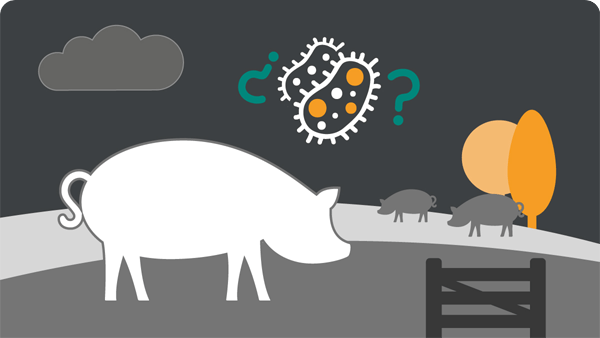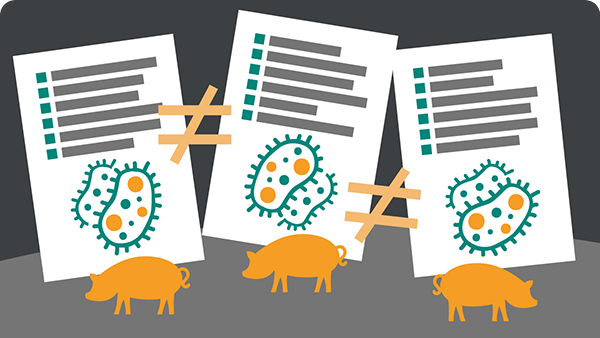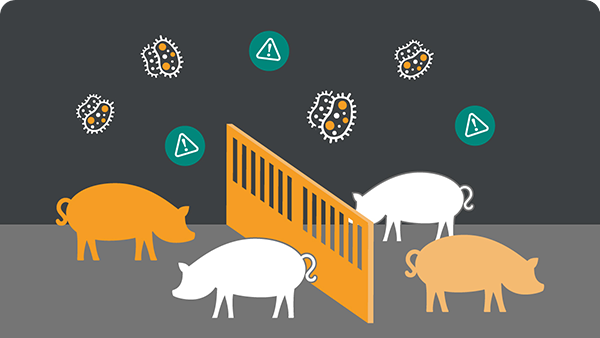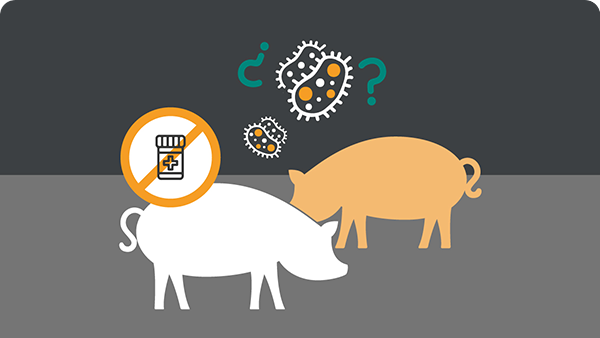
The disease
History and Etiology of ileitis

History and Etiology of ileitis
Porcine proliferative enteropathy (PPE), also known as ileitis, is an infectious enteric disease caused by the obligate intracellular bacterium Lawsonia intracellularis.
The forms of presentation of the disease in pigs are haemorrhagic or acute, chronic and subclinical.
As the most prevalent and economically important enteric disease in growing finishing animals, it deserves frequent updating regarding its general aspects and updates.
“Ileitis is an example of a disease that you must learn how to live with”.
As a result, the intention of this series of articles about the disease is to remind the reader about the relevance of its adequate understanding and, consequently, efficient control for improving herd performance.

The Disease
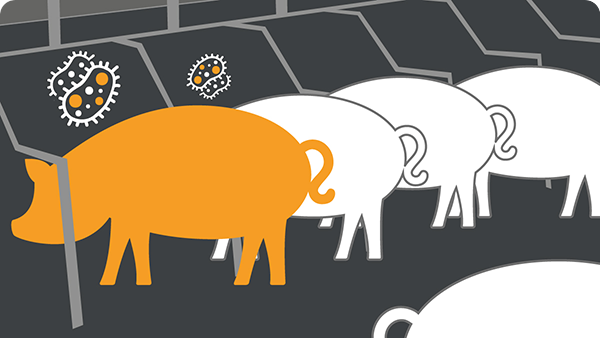
L. Intracellularis has specific infectious mechanisms, and generally appears in the growing and finishing stages.

Contact us
2 Giralda Farms
Madison, NJ 07940 United States
animal-health-communications@merck.com


